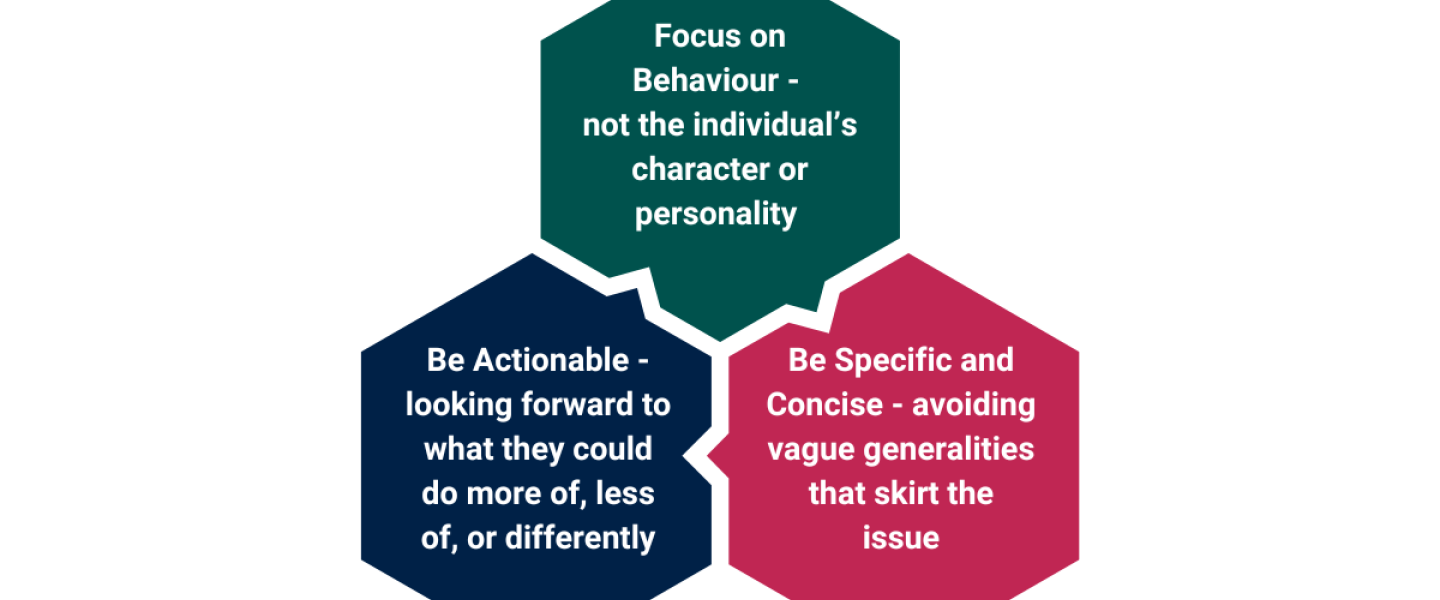Is it harder to manage the performance of your team since the advent of the new post pandemic ways of working?
Should leaders radically shift their approach in response to the new world of work? With many more people working from home (WFH) for at least part of the week, leaders no longer have the constant oversight and immediate access to their people that they once enjoyed. This leads some to question whether they can effectively manage performance remotely to ensure their team members deliver the required results. How can they know if their staff are being productive, or wasting time drinking coffee and eating cheese, as former UK prime minister, Boris Johnson confessed to doing?
Survey data reveal that managers’ opinions are evenly split about whether remote workers perform better or worse than those in an office setting [i]. This mirrors the conflicting research findings about actual productivity of remote workers. Some studies find that WFH leads to an improvement in productivity [ii] whereas others report precisely the opposite [iii].
The truth is probably that some workers are more productive working from home (for example, those with a home office, individuals spared a two-hour commute, and employees who are more self-motivated and conscientious) whilst others are less productive (those with demanding caring responsibilities in the home or new starters who have little sense of their organisation and team members).
So, what are the implications for leaders who need to manage remote workers? How can they get the best from their people, even when they are working from home? The simple answer is that the fundamental principles of skilled leadership still apply, but with some modifications. Below are four key principles to help leaders navigate the new normal.

1. Establish honest, open lines of communication with your team
In this case, you need to be discussing the working arrangements. Have a conversation with each of your team members about how they are finding working from home. Ask them: What do they like? What do they not like? What is difficult and what is easier? If they are hybrid workers, how much time would they ideally spend in the office and how much working from home? How does that fit with your preferences as their boss? (And whilst we are at it, what exactly underpins your preferences? Look out for assumptions and stereotypes that may not be correct.) Ultimately, you are the boss and have the right to make the decisions, but if your decisions simply ignore their preferences and the constraints they face, you cannot expect to have a highly motivated, enthusiastic workforce.
2. Set clear goals
Empirical research conducted over the last fifty years provides overwhelming evidence [iv] that effective goal setting leads to significant improvements in performance. Yet all too frequently, leaders set goals that are: too vague, unrealistic, insufficiently stretching or conflicting. When your employees are working remotely, there are fewer opportunities to check in and ensure things are on track. It is therefore vitally important that you and they are crystal clear about the results required. Goals should be specific and unambiguous, measurable and timebound, stretching but realistic [v]. There also should not be too many of them. Ideally, set goals in collaboration with the worker, but at a minimum check whether they believe they can achieve the goal and if they are committed to it. Finally, you should agree how often you will regularly review progress and how the individual should contact you if they get stuck, need support or want advice. Should they phone you, or send an email and wait for your response?
3. Provide clear, accurate, regular feedback on performance
Some individuals may need very light touch supervision, whilst others may need closer involvement, but everyone, without exception, needs feedback on how well they are performing. Accurate, well-phrased, regular feedback enables you to:
-
Steer assignments or projects back on track when they go astray in terms of timelines, budget or overall direction.
-
Identify and reinforce the positive actions and performance of your employees to encourage their continuation and/or augmentation.
-
Help employees to develop their skills, knowledge and capabilities, especially if they are struggling with the task.
-
Motivate employees by demonstrating that someone is taking in interest in their work, appreciates the contribution they are making and wants to help them develop.
However, many leaders lack proficiency in delivering feedback even in a regular office environment. Typically, they do not give enough feedback to their staff, and when they do give feedback, they do so unskilfully. Nowhere is this skills deficit more pronounced than when it comes to managing underperformance. All too frequently, leaders either ignore underperformance, hoping it will improve spontaneously, or tackle it in an oppressive, micromanaging style. Even when performance is positive, many leaders are slow to praise or thank their people. And with remote working, these shortcomings are accentuated.
Previously, your team member, Shirley, might hand in a report she has been working on. You read it, nip over to her office, and say: 'Great report Shirley, you captured the key points about the client’s needs and were really persuasive on how we can answer them. I have two small suggestions to make it even better, but overall, superb work, thank you'.
In the new ways of working, you cannot just nip over to Shirley’s office, because she is working from home. And because you cannot do it quickly and easily, the temptation is to let it slide. Do not let it slide! Shirley still needs that feedback- that small word of encouragement and praise to keep her motivation up and the couple of redirections to make her report even better. She is alone at home with her computer, her dog and her three-year-old child. A small bit of encouragement may be very welcome.
And whether you give feedback virtually or in person you should definitely be checking in with your employees and giving that feedback at least once a week and it should be structured around the three points below [vi]:

Finally in terms of location, hopefully it does not need saying that a multi person conference call is not the place to give negative corrective feedback, unless your intention is to embarrass or humiliate the individual!
4. Focus on results
A final key principle is to remember that as a leader, you should be focusing on results (ends), not on controlling the minutiae of your employees’ behaviour (means) if you want to create a positive, constructive, trusting, working environment. Digitally policing the activities of your employees is no way to build trust. The only times you need to focus on the detail of their activities are (a) when they are underperforming or (b) when they need guidance and coaching. Otherwise, check they understand what is required, have the skills and knowledge to achieve the goal, and then allow them get on with it.
By now, you may be wondering whether these principles really are specific to remote leadership, or whether they apply equally well to any leadership context. And you would be right. So…do leaders need to radically alter their approach to adapt to the new ways of working? Well, a little flexibility can help, but perhaps paying attention to the fundamentals of good leadership is equally or even more effective.
Bryn is the Programme Director of the Oxford High Performing Leadership Programme which is designed to prepare leaders to navigate the increasingly complex and uncertain business environment.
References
[i] Parker, S. K., Knight, C., & Keller, A. C. (2020). Remote Managers Are Having Trust Issues. Harvard Business Review. https://hbr.org/2020/07/remote-managers-are-having-trust-issues
[ii] Bloom, N., Liang, J., Roberts, J., & Ying, Z. J. (2015). Does working from home work? Evidence from a Chinese experiment. The Quarterly Journal of Economics, 130(1), 165-218
[iii] Kitagawa, R., Kuroda, S., Okudaira, H., & Owan, H. (2021). Working from home and productivity under the COVID-19 pandemic: Using survey data of four manufacturing firms. PloS One, 16(12)
[iv] Barends, E., Janssen, B., Briner, R.B., and Rousseau, D. (2016) Rapid evidence assessment of the research literature on the effect of goal setting on workplace performance. CIPD
[v] Latham, G.L. (2009) Motivate Employee Performance through Goal Setting. In E. A. Locke (Ed.), Handbook of Principles of Organizational Behavior. pp161-178 Oxford: Blackwell
[vi] Riordan, B. G. (2021). Feedback fundamentals and evidence-based best practices: Give it, ask for it, use it. Routledge/Taylor & Francis Group




